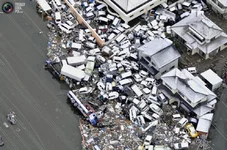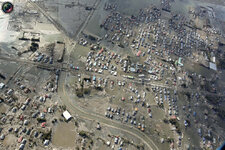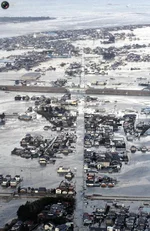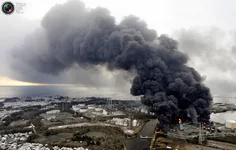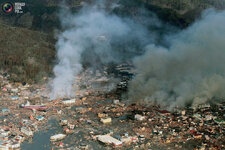⚠ Тільки зареєстровані користувачі бачать весь контент та не бачать рекламу.
In the early 1970s, just as a number of reactors were about to be licensed, Stephen Hanauer, a senior member of the Atomic Energy Commission staff, suggested banning "pressure suppression" methods to contain radiation in the event of a meltdown -- methods built into General Electric's Mark I and Mark II containment designs as well as Westinghouse's ice condenser design. The advice was considered and disregarded.
"Steve's idea to ban pressure suppression containment schemes is an attractive one in some ways," Joseph Hendrie, then a deputy director with the AEC, wrote in a Sept. 25, 1972, memo. Hendrie acknowledged that alternative, "dry" containments -- featuring the towers or domes commonly associated with nuclear plants -- had the "notable advantage of brute simplicity in dealing with a primary blowdown, and are thereby free of the perils of bypass leakage."
But regulators ultimately decided that the technology developed by General Electric and Westinghouse was "firmly embedded in the conventional wisdom." Banning it, Hendrie wrote, "would generally create more turmoil than I can stand." His memo was obtained by the Union of Concerned Scientists through a Freedom of Information Act request.
The 85-year-old Hendrie, reached at his home on Long Island, N.Y., told the Center for Public Integrity that "there were some serious questions about the pressure suppression scheme, but it seemed in many ways like a good way to deal with a loss-of-coolant accident. To have declared it unacceptable when we'd already been licensing [plants] with it seemed more of a tearing up of a regulatory structure than was justified. When I said it would create more tumult than I can stand, I think I really meant it."





